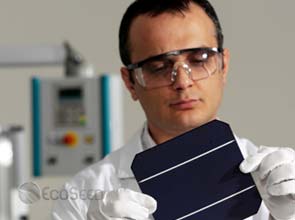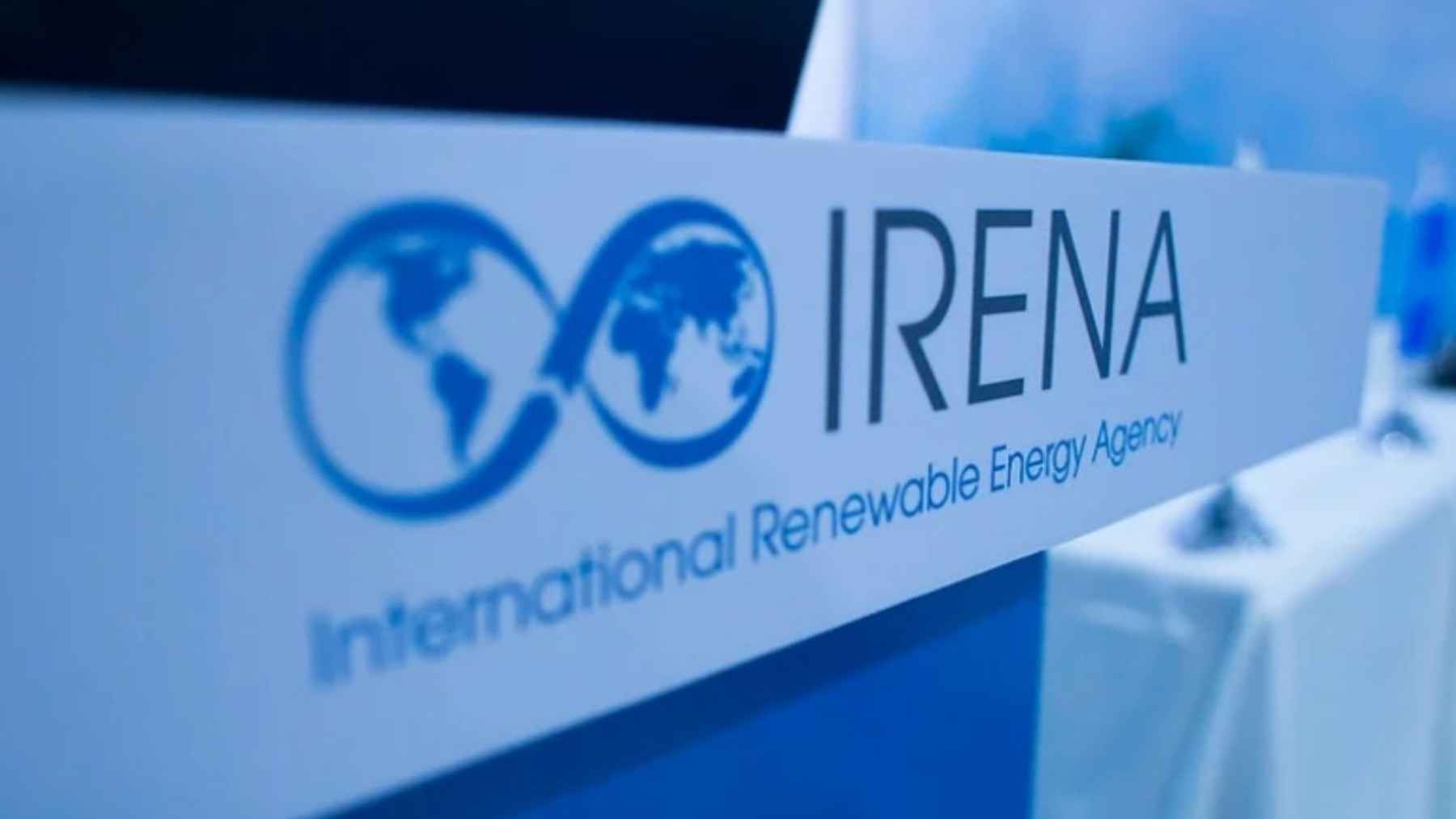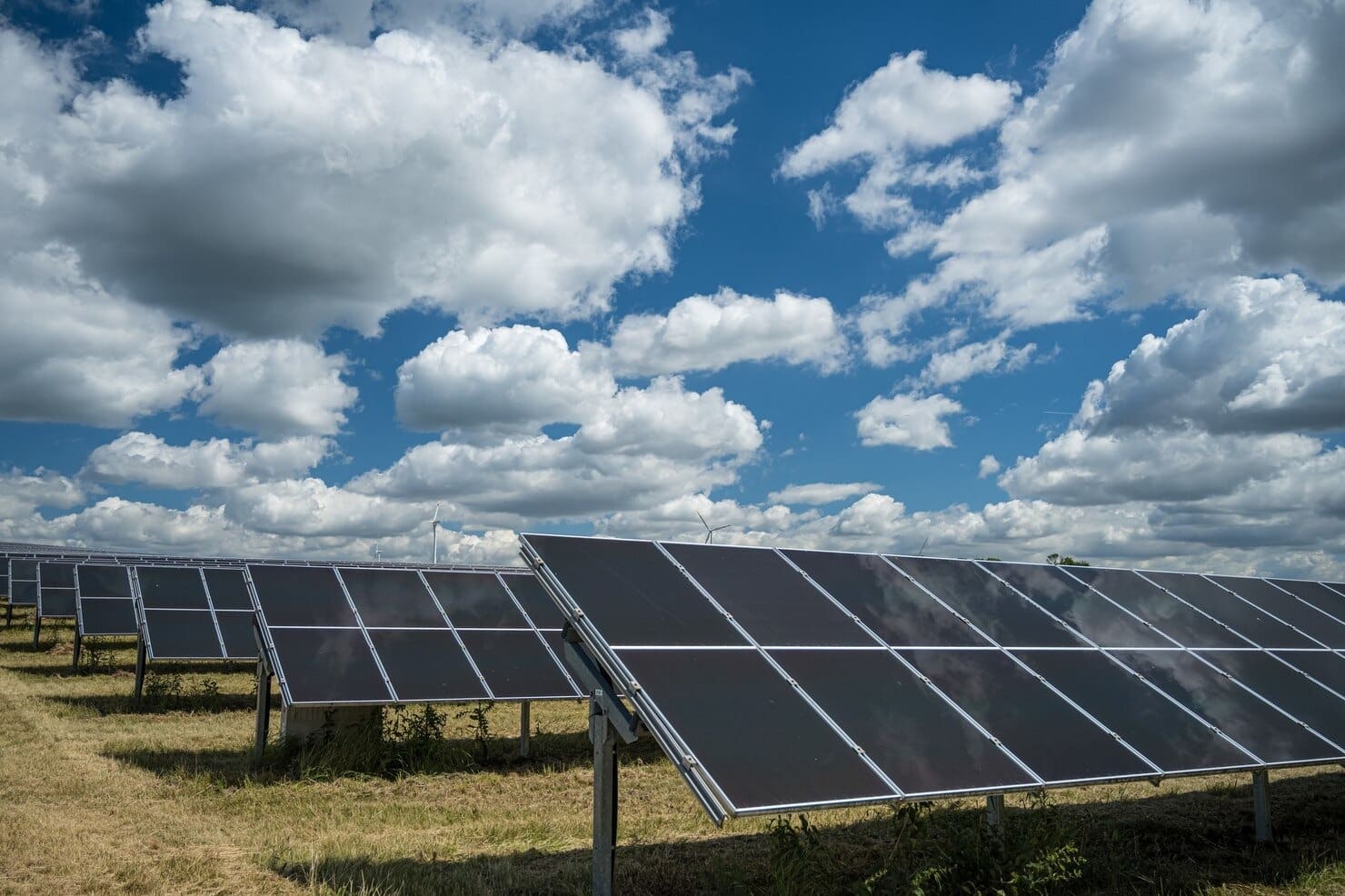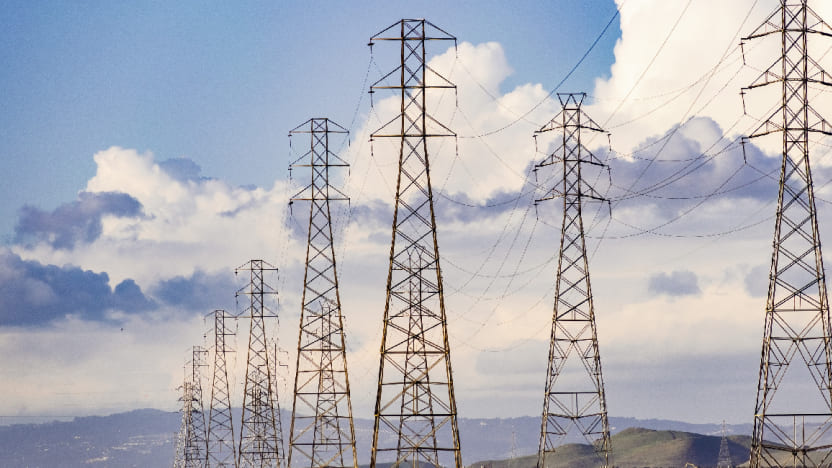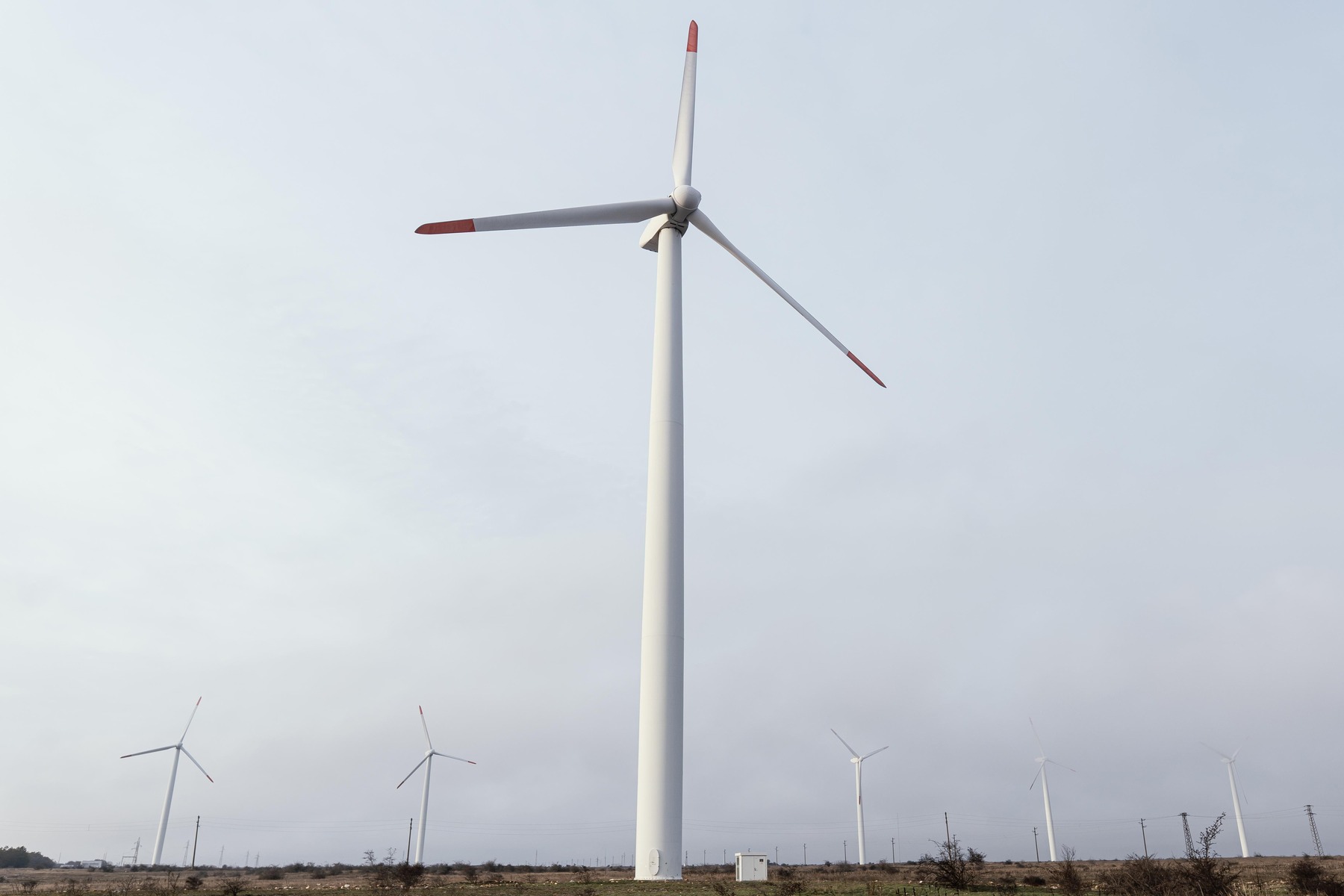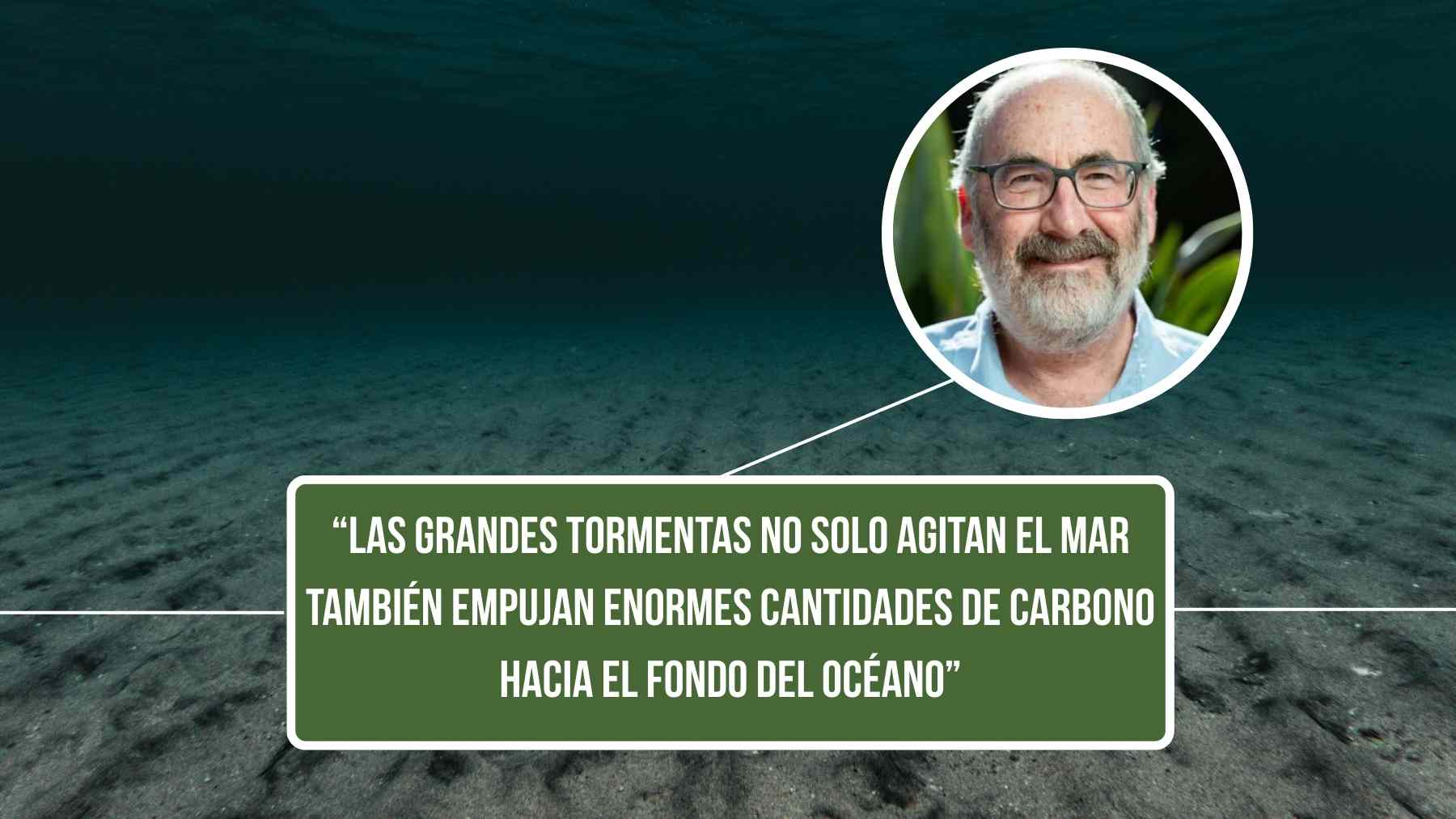A dramatic increase in solar photovoltaic projects, lower costs and higher efficiencies in the next 10 years could eventually make it more economical than traditional energy sources like coal and natural gas, according to the Institute of Electrical and Electronic Engineers.
The amount of solar energy hitting the earth is around 100 petawatts or 1 million gigawatts, according to the institute, the world’s largest technical professional association.
Solar panels only need to generate around 15,000 GW of power to provide enough energy for every household and business on the planet, it said.
The average home in the United States uses around 920 kilowatt-hours of electricity each month, with appliances accounting for 64.7 percent of the consumption.
«Solar PV will be a game changer. No other alternative source has the same potential,” James Prendergast, executive director, said in a statement.
According to the International Energy Association, as cited by the institute, global solar PV capacity has been increasing more than 40 percent on average every year since 2000. At that rate, solar PV will provide 11 percent of global electricity production, equal to 3,000 GW of cumulative installed capacity, by 2050.
Aside from providing power, it would reduce greenhouse gas emissions by roughly 2.3 gigatons, equivalent to reducing emissions from electricity use from 253 million homes every year, nearly the combined populations of Russia and Japan.
The organization, however, saw two challenges holding back solar PV from being competitive with fossil fuels.
«For solar PV to truly compete on its own with traditional power generation, the cost and efficiency of transforming sunlight into electricity must continue to improve,» said Jie Shu, director of the Solar Energy Application at the Chinese Academy of Sciences.
Solar power worldwide is still something few households and businesses can buy. In New Jersey, the second biggest solar market in the United States next to California, producing a megawatt-hour of solar photovoltaic is more than four times nuclear and five times coal, noted in its new energy master plan.
A report from MarketResearch.com in February indicates that it could be beginning to change. The average global PV module price has reduced from $4.66 per watt in 2004 to $2.01/W in 2010.
The research firm said new technologies and more efficient production processes will further reduce the price of a module and improve the conversion efficiencies of a solar cell. The average selling price of a solar module is expected to reach $1.49/W by 2015 as companies try to lower their module prices to maintain or improve their market share in the global modules market.
Professor Steven Ringel, I.E.E.E. senior member, believes that achieving maximum efficiency would ultimately lower system costs.
«There’s a really healthy competition on the technology front right now,» said Mr. Ringel. «Currently, we have promising technologies that are very high efficiency but with higher cost, as well as low efficiency technologies at lower cost. The technologies that will prevail will combine the best of both, delivering the greatest efficiency at the lowest cost.»
“The technologies that will prevail will combine the best of both, delivering the greatest efficiency at the lowest cost,» Mr. Ringel added.
Common solar PV design can convert around 20 percent of sunlight it absorbs on average. San Jose, California-based Solar Junction has set a world record in April after achieving 43.5 percent conversion efficiency for solar PV by using special lenses and materials for the panels.
Called a concentrated solar PV cell, it uses mirrors and lenses to concentrate sunlight by hundreds of times onto a small solar cell to increase its electricity output.
Unlike traditional silicon cells, Solar Junction’s are also made up of different materials to capture different light wavelengths and convert as much sunlight as possible to electricity – called multijunction cells.
